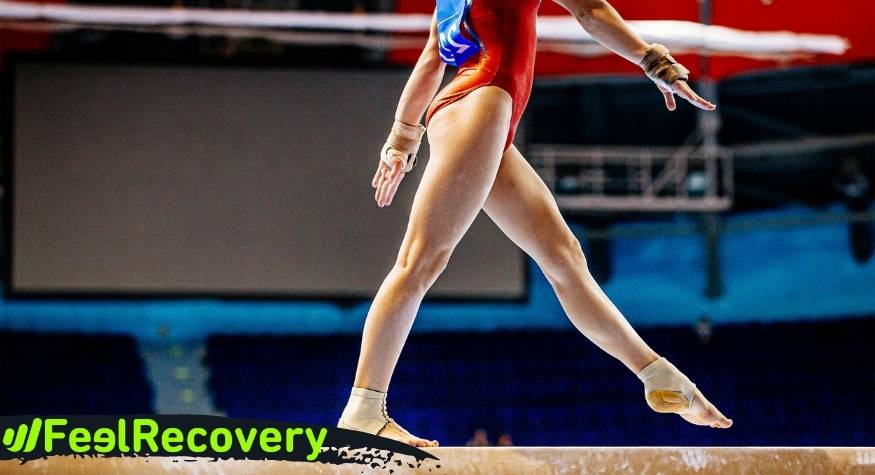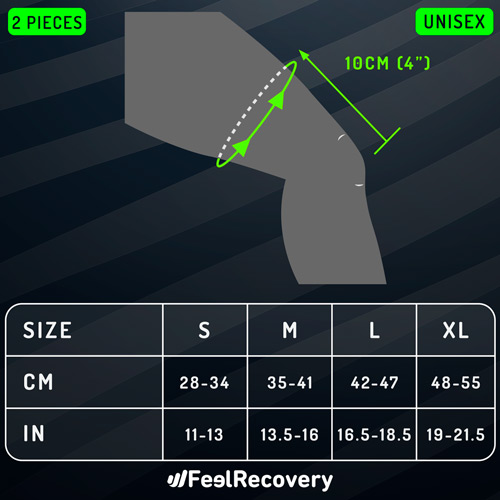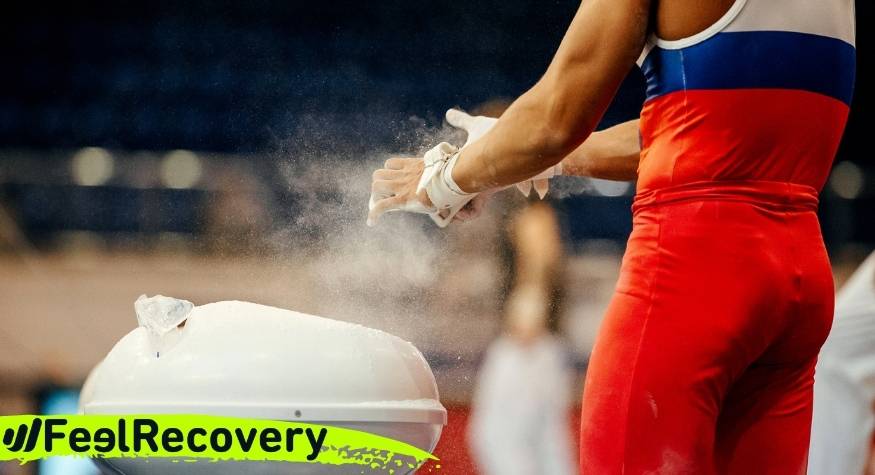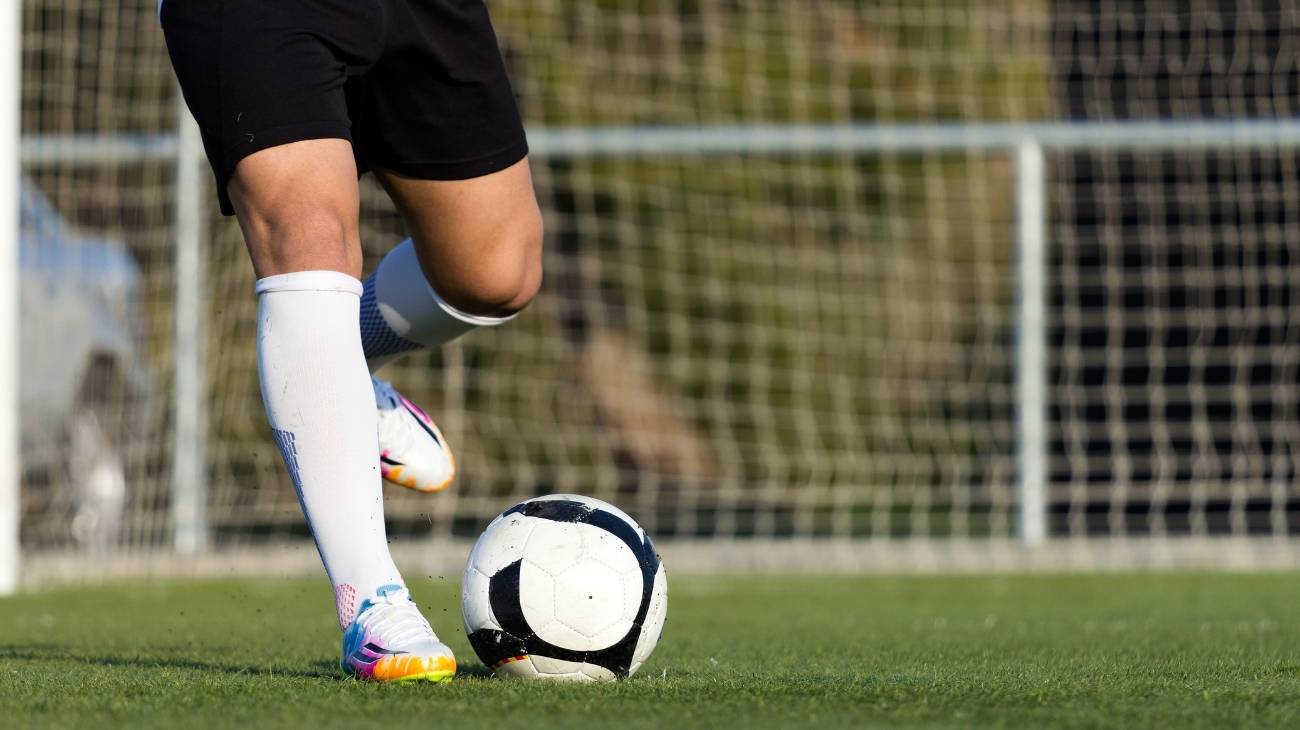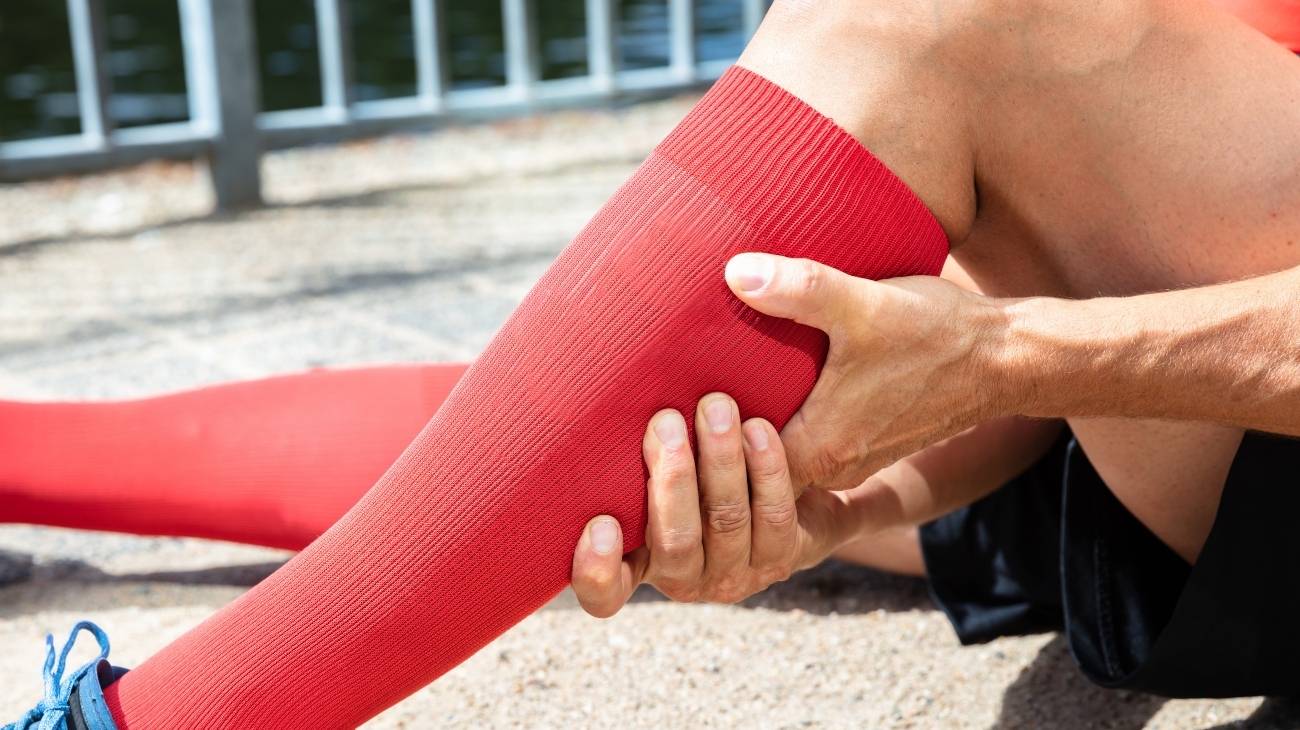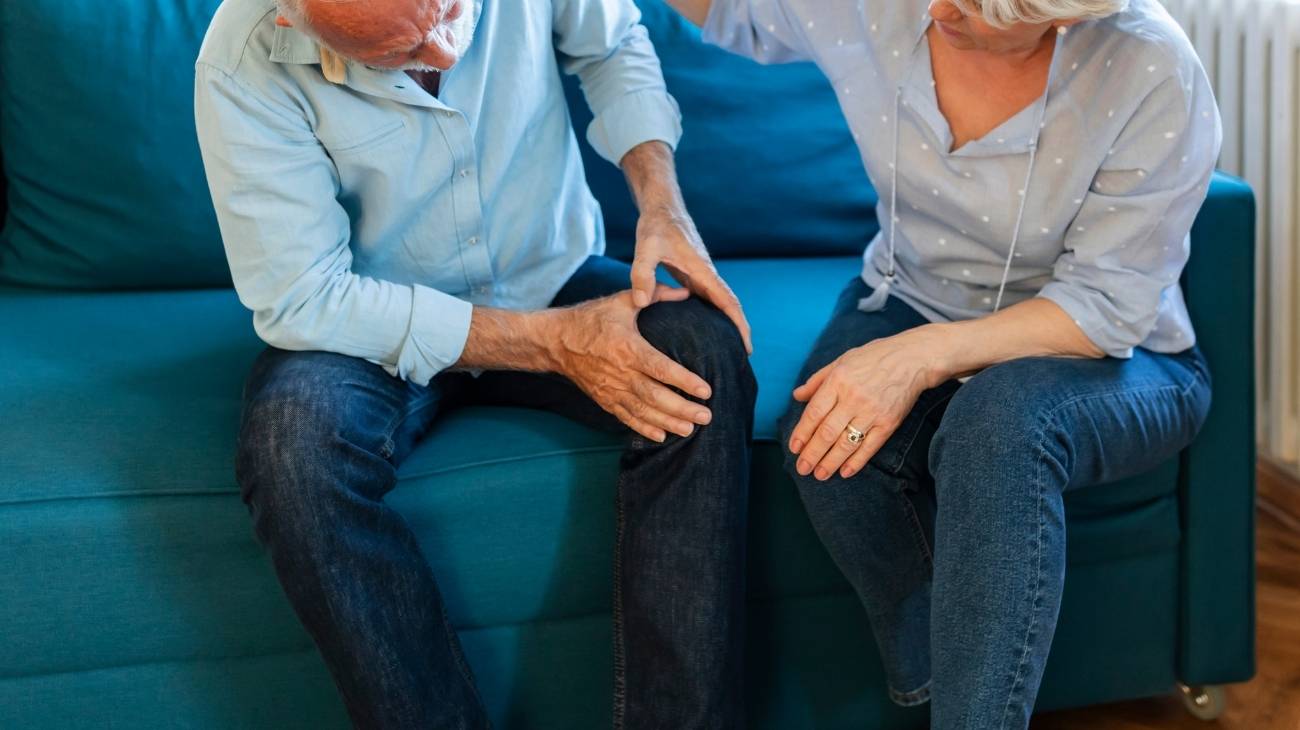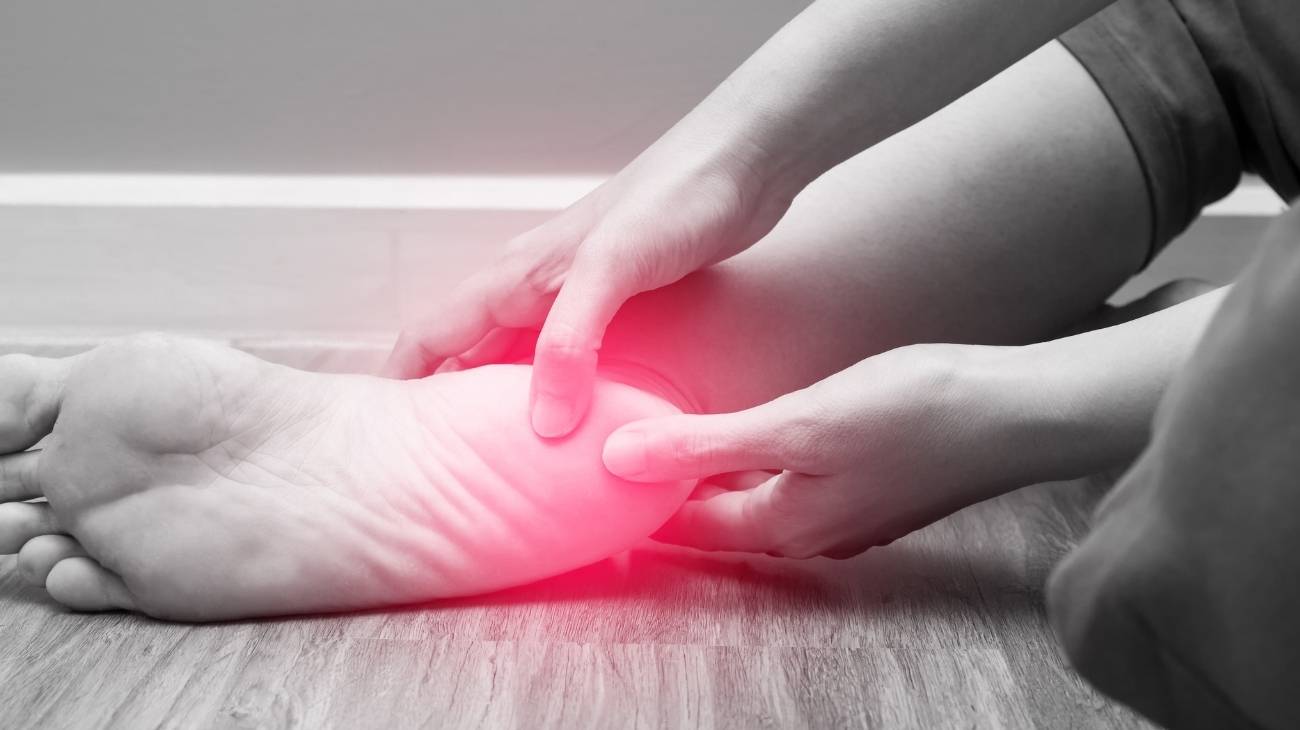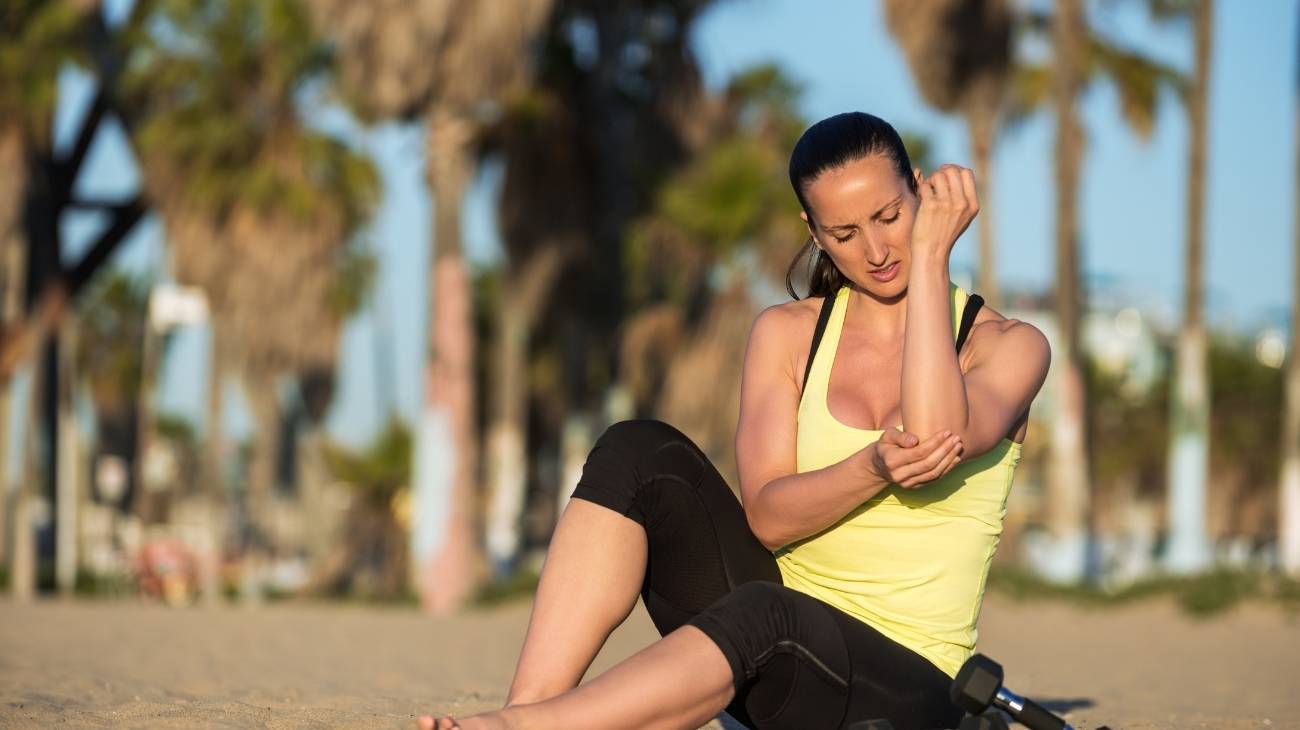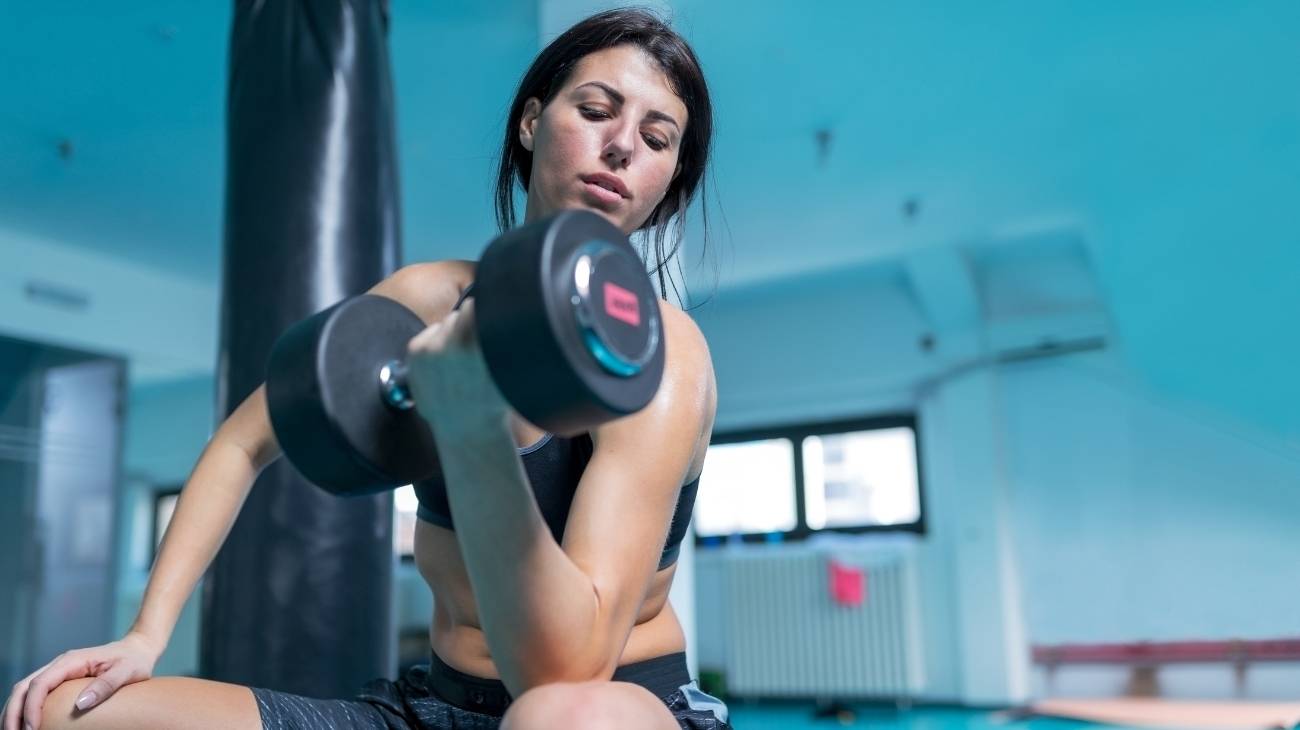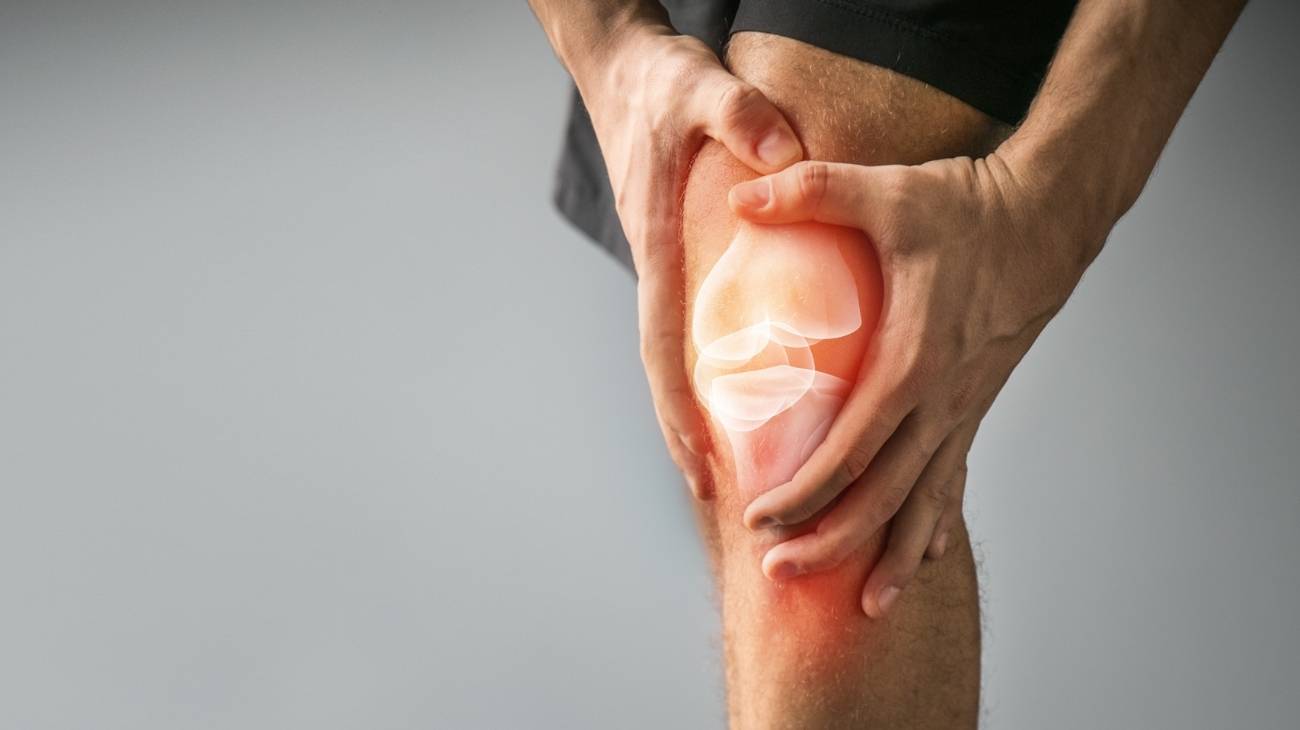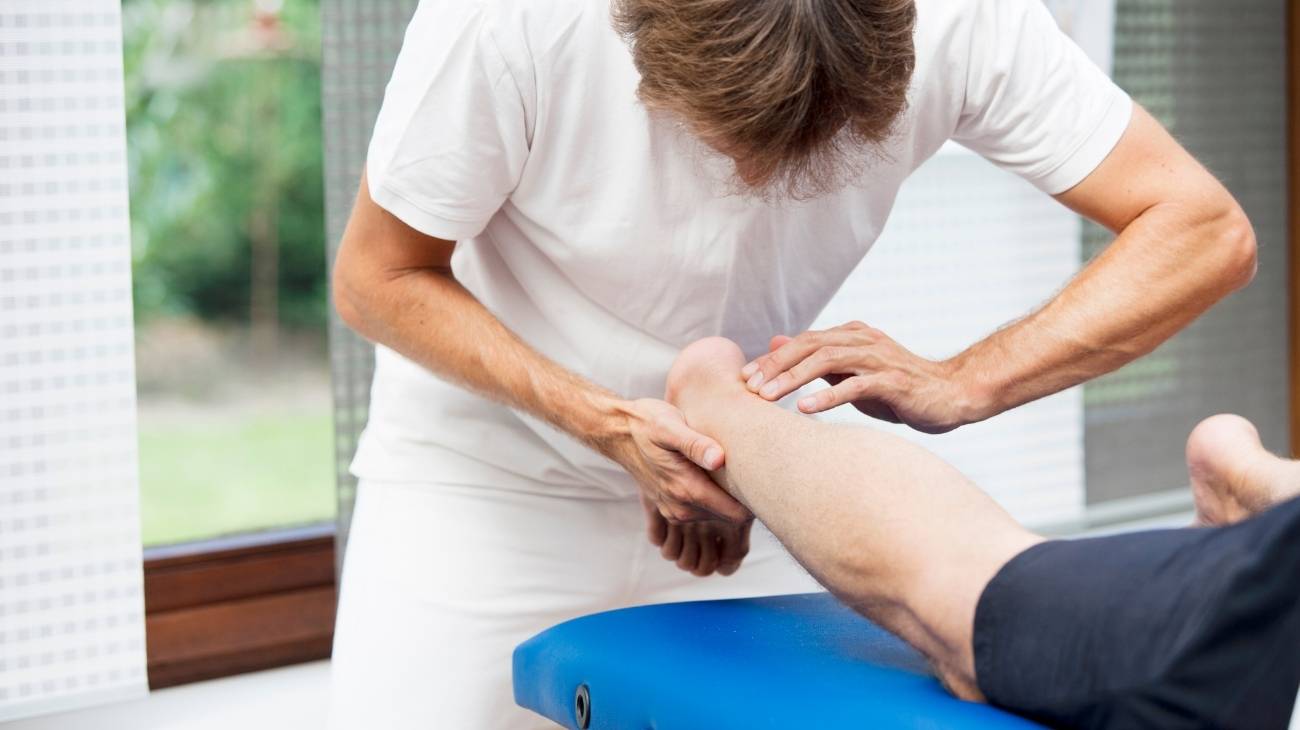- What are the most common knee injuries when doing sports gymnastics?
- What type of knee braces and patellar straps are best for gymnastic injuries?
- What characteristics should you take into account before choosing the best sports knee brace for rhythmic gymnastics?
- Do compression knee braces for gymnastics really work?
Gymnastics is a very demanding sport, and because of this, its practice, as well as the inadequate warming of the body's extremities, often causes many injuries, especially to the knee, shoulders, ankles and feet.
It is necessary to treat these traumas correctly to avoid further damage to the affected parts and to continue practising gymnastics or any other discipline. In this post you will find information about the most common injuries to the knee when practising this sport, the best knee braces and patellar straps to treat these injuries, their characteristics and their effectiveness in recovery.
What are the most common knee injuries when doing sports gymnastics?
Sports or artistic gymnastics is characterized by a mixture of choreography creation (usual in rhythmic gymnastics), with acrobatics and manoeuvres typical of traditional gymnastics. Sportsmen and women in this discipline require strength, speed and coordination to perform the required movements. The most common injuries to the knee are related to inflammations, tears and in more serious cases, sprains or fractures.
Below we will explain what some of these traumas consist of and their most notable symptoms:
Tear in the anterior cruciate ligament
The anterior cruciate ligament (ACL) is one of the four ligaments in the knee that connect the tibia to the femur and help keep the knee stable. In gymnastics and other disciplines such as football or basketball, such a tear occurs from excessive stretching of the joint or a sharp blow to the sides of the knee.
Some of the symptoms resulting from ACL tears are: severe pain in the knee, difficulty in stretching the knee and inflammation in the affected area, which prevents the necessary movements in gymnastics. In some cases, surgery is required, rehabilitation is also necessary and the use of knee braces to prevent it from occurring again.
Tear of the meniscus
The meniscus is a kind of cartilage that serves as a knee cushion. Over the years, it becomes more fragile and is more prone to tearing. However, injuries to this fibrocartilage can happen at any age and are more likely to occur if you practice a sport that requires jumping or sudden movements, as is the case with sports gymnastics.
Tears in the meniscus can be mild, moderate or severe. The smaller ones only cause pain and swelling in the affected area and usually recover in one or two weeks. The moderate ones generate a strong pain in the knee and a swelling that worsens over the days. Severe knee pain requires urgent medical attention because the meniscus often sheds fragments that remain in the joints and hinder the proper functioning of the knee.
Bursitis of the knee
It is the inflammation of a bag containing fluids that allow the lubrication of the joint and facilitate its movement. Knee bursitis is usually caused in sports gymnasts by improper or excessively repeated movements, by constant pressure on the joints, muscle overload, a significant and direct blow to the knee, or stress. In some cases it is also due to infection.
This is an injury that is characterised by being very uncomfortable and its symptoms are inflammation, hypersensitivity and constant pain in the knee despite keeping it at rest. If the bursitis is not attended to, the symptoms worsen and the movement of the knee is further limited.
Patellar Tendonitis
Tendinitis is the inflammation of one or more tendons. In the knee, there is commonly inflammation of the patellar tendon, which joins the kneecap to the tibia. As in the case of a torn cruciate ligament, this is a common injury in gymnasts because many jumps are required to perform the sport.
It is not a severe injury, but should be treated carefully to avoid long-term complications. Its symptoms vary from constant pain, difficulty in moving the knees and weakness in the legs. In sports gymnastics there are some recommendations to avoid suffering these discomforts such as: avoiding excessive repetition of movements, receiving with the knees above foot level and giving the body breaks at intervals during training.
Patellar subluxation
Patellar subluxation occurs when the kneecap slips out of its natural position. If it returns to its place on its own, it is considered a subluxation, but if it has to be accommodated by specialists, it is a dislocation. Both usually cause a lot of pain and until they are fully recovered, it will be very difficult to walk.
In gymnasts, it often occurs with improper completion of manoeuvres or severe bumps or falls that cause the subluxation. In the recovery period of this type of injury, the immobilization of the affected part is fundamental. If you do not have adequate protection, you run the risk of it happening again.
Kneecap Fracture
Also known as patellar fracture. It is one of the most severe injuries to the knee, due to its recovery time and also because most cases require surgery. This fracture can be easily identified by the inability to move the knee and acute pain.
The most common causes in sports gymnastics are due to blows caused by sudden falls or improper landings. This usually occurs in people who are just starting out in this discipline, as they do not yet have the body's requirements for such movements.
It can be described to a lesser extent as an overload but, fractures are much more serious problems that can lead to the end of your career. It is therefore recommended that you wear protective clothing to help you avoid these unfortunate situations.
Bestseller
What type of knee braces and patellar straps are best for gymnastic injuries?
There are several knee braces and patellar straps with multiple functions, so it is necessary to find and use one that is effective with respect to the injury to be treated, otherwise you could further damage the affected area.
Below are the most recommended types of knee braces and patellar straps:
Patellar tendonitis strap
As its name suggests, it is an ideal tape for treating patellar tendinitis. It is effective in immobilizing the tendon. It also helps in the recovery from similar injuries in the menisci. By immobilising the affected areas, they prevent them from rubbing against other areas of the joint and almost completely reduce the pain.
Knee compression sleeves
This type of knee brace is mainly for preventive use. They are immobilizers and this prevents the knee from making movements that could cause a fracture or serious tear. Some have spring extenders and pads to make them more comfortable to use.
Sports knee braces are generally used in gymnastics training and in some modalities their use is obligatory, as they also protect against blows that generate injuries or scrapes in that area. And, as well as avoiding any injury, you can also treat them if they are minor, as indicated by your doctor.
Post-operative knee supports
Unlike compression sports knee sleeves, this type is applied after knee surgery. They serve to provide stability and relieve the pain of surgery while keeping the ligaments and tendons aligned to facilitate recovery.
What characteristics should you take into account before choosing the best sports knee brace for rhythmic gymnastics?
Gymnastics is a discipline that requires a lot of training and a suitable lifestyle for this practice. It is also necessary to always be protected to avoid any accidents that are usually recurrent and, above all, in young people who are starting to practice it. Therefore, here we will help you choose the sports knee brace that best suits you, since, more than a protective garment, it is a modern piece used in almost all sports in the world.
Below are its different characteristics so that you can make the right choice:
According to its function
- Knee braces for pain: These garments are very good for treating all types of pain in that area of the body. Thanks to the pressure it exerts, you will have very good blood circulation which is beneficial for treating inflammations, wounds and even ailments that are recurrent in gymnastics due to sudden, rapid movements and even falls.
- Knee braces for protection: Nothing is more advantageous for a gymnast than to be prevented from any injury that could harm his career for the rest of his life. Therefore, the most advisable thing is to use the sports knee brace to protect yourself from falls or other accidents that may occur. It should be noted that this piece keeps the entire knee joint in place and therefore has such positive effects.
- Open knee braces: It is open in the front area for patellar containment, which is a support to avoid abrupt movements and reduce the work of mobilization. Despite this advantage, you will have to consult your trainer to check whether it is the most suitable for your training, as it does not protect against blows to the front area.
- Closed knee braces: As they are completely closed, they are a favourite with athletes because of all the protection they provide in each area of the knee. In most cases they come incorporated with other materials such as silicone to carry out their work of protection and stabilization effectively.
Manufacturing material
A good belt or knee brace also depends on the material it is made of. Today most of these garments are created with neoprene, a cool material that allows perspiration and is usually hypoallergenic. They can also be made with carbon-derived materials or components, which stand out for their flexibility and comfort.
Originally they were made from fibres such as nylon, because of their strength, breathability, lightness and more. However, nowadays the most used material is neoprene, due to its great capacity of support, mobility and protection but, it has very little transpiration, therefore it is always made with spandex or nylon.
Type of support
Generally, sports knee braces have a fastening system composed of Velcro, so that they can be comfortably adjusted to the knee. Others, however, have metal strips which are attached to the contact and serve as a closure. Both fastening systems are ideal for people who practice disciplines with a lot of movement, such as sport gymnastics.
- Knee braces with Velcro: This is one of the most comfortable support systems used by sports gymnasts. It is made up of adhesive tapes that adhere almost automatically to each other when they make a slight contact, firmly holding the knee area and providing pressure and comfort at the same time.
- Knee braces with anti-slip gel: Some knee braces include a gel that prevents the brace from moving from its proper position no matter what movements the gymnast makes. This is beneficial for those athletes who need to move around a lot.
- Neoprene knee braces: This is a material recommended in sports gymnastics for its resistance, which protects athletes from blows and possible cuts but without losing flexibility. It is also characterised by being a hypoallergenic material and absorbs sweat easily, preventing the knee brace from becoming slippery.
Size
These garments should be tight at the knee, with a margin of space so that the joint can move freely. Very tight knee supports can cut off blood circulation and cause cramping, while a very loose one does not fulfil the functions of tensioning and immobilising required to prevent or treat injuries.
| SIZE | S | M | L | XL |
|---|---|---|---|---|
| CM | 28-34 | 35-41 | 42-47 | 48-55 |
| IN | 11-13 | 13.5-16 | 16.5-18.5 | 19-21.5 |
| WHERE TO MEASURE? | ||||
| Measure the circumference of the thigh, 4 inch/10 cm up from the center of the kneecap (*View image) *Note: If after measuring you are between two sizes, choose the larger size |
||||
Design
The design of these implements is a subjective characteristic. Previously, knee compression sleeves had very colourful and striking models, in line with the fashion of the time. Nowadays, minimalist and unicoloured models predominate, with some fluorescent details, but it is also possible to find garments with customised designs through factories specialised in this part of the creation of sportswear.
This makes it an excellent option for gymnasts who want to look more eye-catching and even more stylish, because of the variety of options they have to choose from and which suit the person. In this way, not only will you feel comfortable outside, you will also have the protection and care that your knee needs to avoid all kinds of injuries.
Price
The cost of the sports knee compression sleeves, are appropriate to their materials and all the design that composes it, to be able to exercise the therapeutic benefits that you need in the joint, without the need to buy another type of garment in a short time, since it guarantees durability and resistance.
So protect your knee well and do not invest your money in products that do not generate compression, breathability or adequate support, as it will simply be an unnecessary expense. Remember that it is better to make a purchase with a higher price, but that it can really cover your needs, and not continue exposing your knees to the practice of the gym.
Do compression knee braces for gymnastics really work?
Several scientific studies have shown that compression knee sleeves do work in gymnastics. However, it is important to note that their use should also be accompanied by exercise routines with breaks and good warm-up sessions before performing manoeuvres.
Compression therapies help the recovery and strengthening of muscle tissues, making them less prone to injury, especially the fractures that are often a major obstacle in sports gymnastics. Also, it treats and prevents delicate conditions such as lymphedema, varicose veins and other problems related to blood circulation.
Due to its proven therapeutic recommendation by various studies, professional athletes are often using this type of therapy to treat injuries more quickly. They claim to have no adverse effects, which is why the application of such compressive therapies in sports disciplines such as gymnastics is recommended and reliable.













